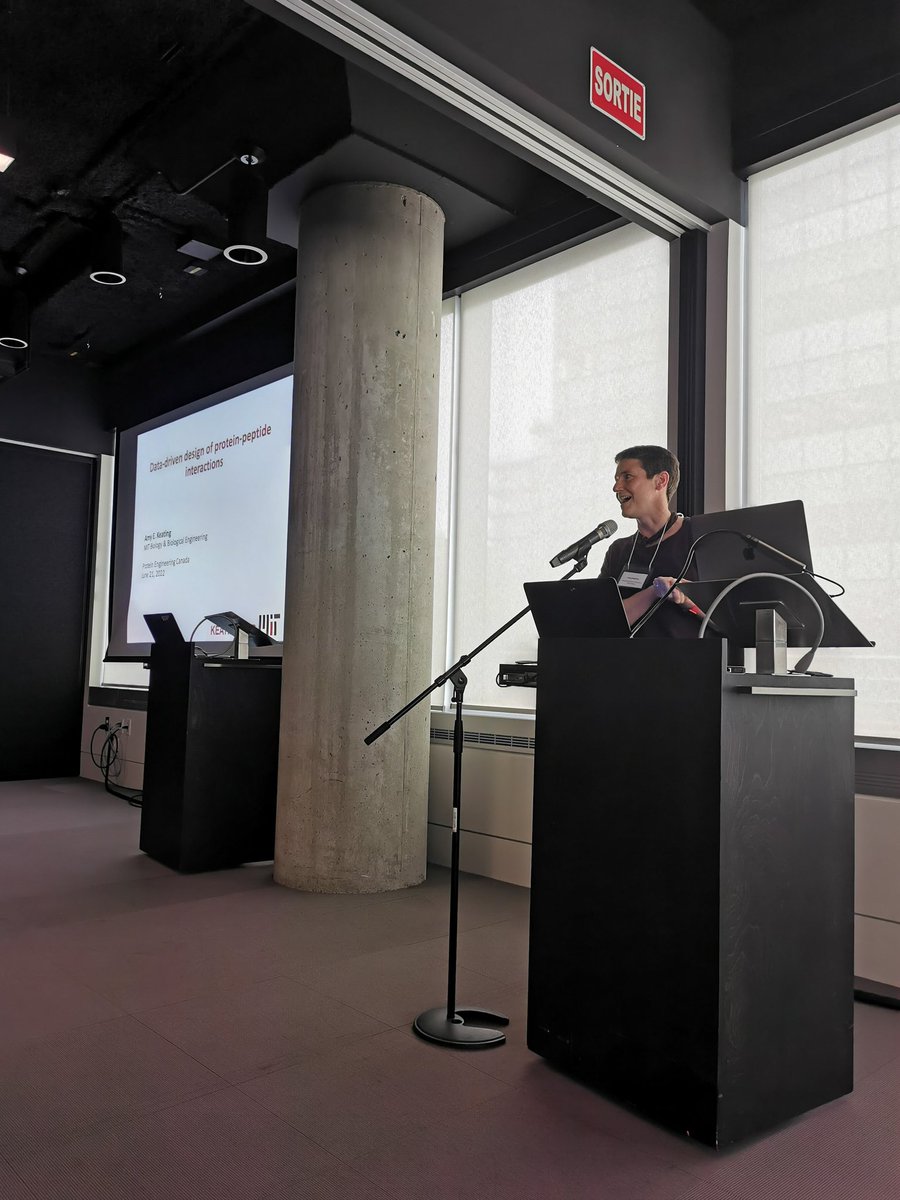
Keating Lab
@keating_lab
We use computational and experimental methods to study protein structure, function, and interactions at @MITBiology @MITBE
ID: 1377741548071256066
01-04-2021 21:56:48
15 Tweet
634 Followers
99 Following

Read about the amazing accomplishments of alum MIT biologist and president of The Protein Society, Prof. Amy Keating (PhD ’98 Houk/García-Garibay groups) bit.ly/3w0kA7O Ken Houk Garcia-Garibay Research Group (MGG Lab) MIT Biology proteinsociety


Review of data-driven protein design, including structure, sequences, and high-throughput functional datasets. Vincent Frappier Keating Lab sciencedirect.com/science/articl…




Scientists in Keating Lab designed a screening method to probe how short stretches of amino acids called SLiMs selectively bind to certain proteins, and distinguish between binding partners with similar structures. I covered this recent work for MIT News: bit.ly/3B4piEb



Our first keynote speaker: Dr. Amy Keating (Keating Lab). Interested in protein interaction specificity, Dr. Keating highlights the power of data-driven computational exploration of protein interactions. Dr. Keating was our student choice of #PEC2022 and we are ecstatc to host!



